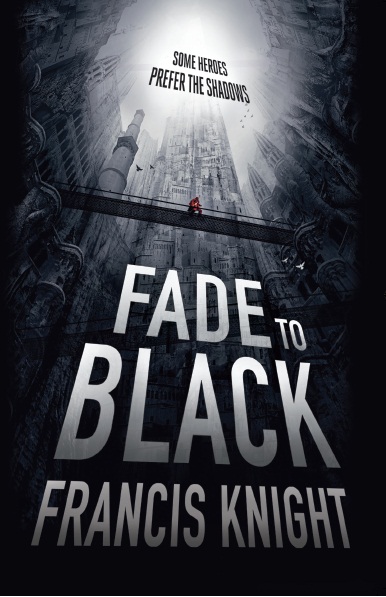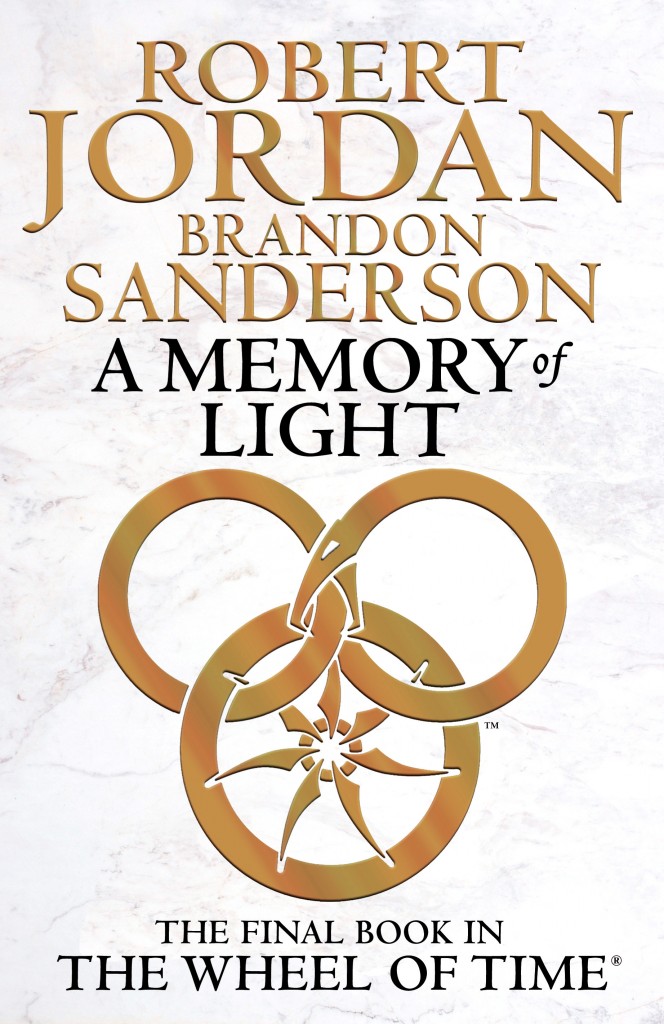For my review of the first in this series, Theft of Swords, click here.
The birth of the Nyphron Empire has brought war to
Melengar. To save her kingdom, Princess Arista runs a desperate gamble when she
defies her brother and hires Royce and Hadrian to perform a dangerous mission
behind the enemy's lines. As the power of the Nyphron Empire grows, so does
Royce's suspicion that the wizard Esrahaddon is using the thieves as pawns in
his own shadowy struggle for power. To find the truth, he must unravel the
secret of Hadrian's past. What he discovers leads the thieves to the ends of
the world on a journey amid treachery and betrayals, forcing Hadrian to face a
past he hoped never to see again.
Rise of Empire
takes the groundwork from Theft of Swords
and expands the world of Elan, and the story of Riyria to genuinely epic
proportions. This time we have a story of rebels and outlaws, pirates and
soldiers set in a world that’s rich with worldbuilding – something which Theft of Swords lacked on occasion.
Where Theft of Swords was a gentle introduction
to the world of Riyria, Rise of Empire
is a forceful thrust into a land of religious divide, racial tension and
political intrigue.
Again, like Theft of Swords, Rise of Empire is an
omnibus containing books three and four of the Riyria Revelations, namely Nyphron Rising and The Emerald Storm. In the first, we see the foundations of the new
Nyphron empire through a whole host of different characters. In The Emerald Storm we get a “side-quest”
for Royce and Hadrian, involving pirates and epic sea battles. But not
everything is as it seems…
Rise of Empire
was where I started to realise the sheer scale of Sullivan’s story.
Particularly in the first book, Nyphron
Rising, Royce and Hadrian take a side-seat for a lot of the action, in
favour of developing the character of Arista and following the lives of the
common people in Elan. Where before we saw the world of kings and lords through
the eyes of a pair of thieves, we now see the world of the peasants through a
princess – and it’s a really wonderful way of looking at everything as the
story takes its shape and the world changes.
Once again the stars of the
series, Royce and Hadrian, are the perfect double act and complement each other
and the story perfectly. Arista also really grows into her character, particularly
in Nyphron Rising, and some of the
new side characters we meet are fantastic. The plots of each book are tight and
well-constructed, again contributing to the main series arc, but never feeling
either superfluous or like one endless story. The Emerald Storm did feel, as I said previously, like a “side-quest”
for much of the book, but everything comes into focus the further through the
book you progress. There are character revelations galore here, and as with Theft of Swords, Sullivan is not afraid
to take the story in the direction he needs it to go. It never feels like you’re
reading a novel where the author doesn’t know exactly what will happen next.
The pawns are always in place – just never always clear to the reader, making
it a surprising and satisfying read.
For what is essentially the
middle of a much bigger story, Michael Sullivan has still managed to craft two
individually entertaining books which add to the overall plot of the Riyria Revelations. You’ll want to read Theft of Swords first, but just because
this is the middle of the series, doesn’t mean you will be asking the same
questions over and over. Answers come thick and fast, but layer on new
mysteries in their wake. By the end of The
Emerald Storm everything is just beginning to move towards an endgame –
something huge and catastrophic for the world of Elan. This may be only a part
of the overall journey to the end, but it’s a fantastic read regardless. If you
like your fantasy action-packed, funny, mysterious and on an epic scale, what
are you waiting for?









